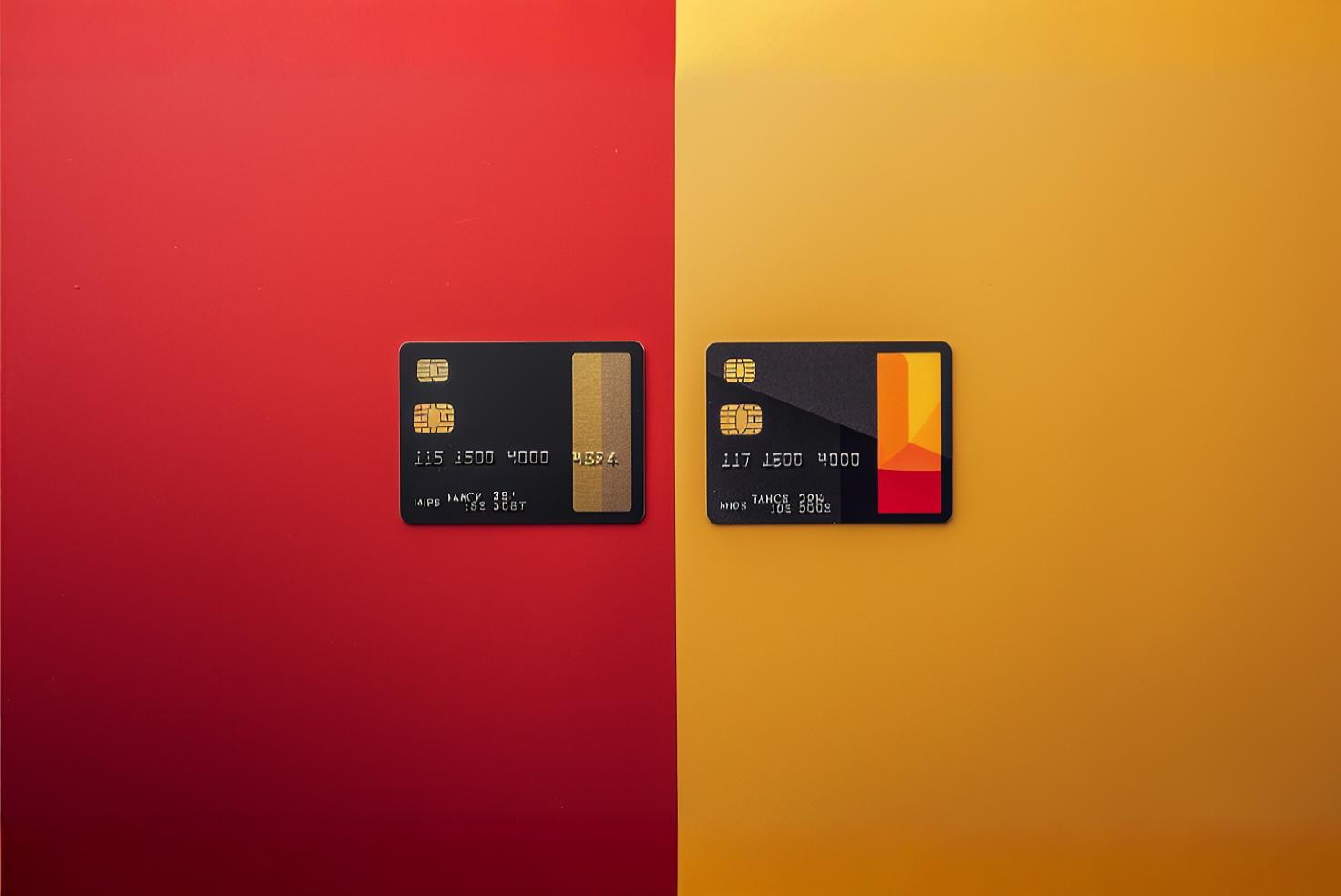With regards to credit cards, RuPay, Visa, and MasterCard are three major players in the market. While they serve the same basic function, there are distinct differences between them. Below we have broken them down to help you understand the key distinctions.
Origin and Ownership
RuPay: Introduced by the National Payments Corporation of India (NPCI) in 2012, RuPay is India’s own domestic payment network. It was developed to promote financial inclusion and reduce dependence on international card networks.
Visa and MasterCard: Both Visa and MasterCard are global payment networks originating from the United States. Visa was founded in 1958, and MasterCard followed in 1966. These networks are widely accepted across the globe and play a major role in facilitating international transactions.
Reach and Acceptance
RuPay: RuPay cards are primarily accepted within India, though NPCI has been expanding its international presence. These cards are commonly issued by public sector banks and are widely used for domestic transactions.
Visa and MasterCard: Visa and MasterCard have a vast international network, with acceptance in over 200 countries. They are ideal for frequent travelers or those who make international purchases, as they are accepted almost universally.
Transaction Costs and Fees
RuPay: One of the significant advantages of RuPay is its lower transaction cost. Since it is a domestic network, the processing fees are minimal compared to international networks. This makes RuPay cards more affordable.
Visa and MasterCard: As they are international networks, Visa and MasterCard generally incur higher transaction fees. This is particularly the case for cross-border transactions. These fees are often passed on to the cardholder in the form of foreign transaction charges.
Security Features
RuPay: RuPay cards offer secure transactions with features like Personal Identification Number (PIN) authentication for every transaction. The card details remain within India, meaning that the data is shared between national gateways only. This, an extra layer of security is added for domestic users.
Visa and MasterCard: Both of these provide advanced security features, including multi-factor authentication and fraud detection systems. They offer Zero Liability Protection and safeguard cardholders against unauthorized transactions globally.
Benefits and Rewards
RuPay: These offer benefits like cashback, discounts on utility payments, and other rewards.
Visa and MasterCard: Both of them come with a wide range of benefits. Examples include global rewards programs, travel insurance, and access to exclusive international offers. The reward structure here is more extensive and diverse compared to RuPay.
Which One’s Right for You?
RuPay is an excellent choice for those who primarily conduct their transactions within India. Additionally, they offer lower costs and enhanced security. On the flip side, Visa and MasterCard are ideal for international travelers and those after a broader range of benefits and global acceptance.
Your choice between these cards should align with your spending habits, travel needs, and financial priorities.
 October 21, 2024
October 21, 2024